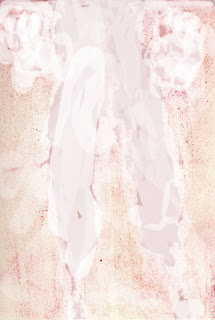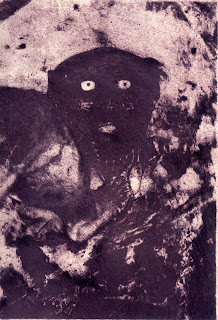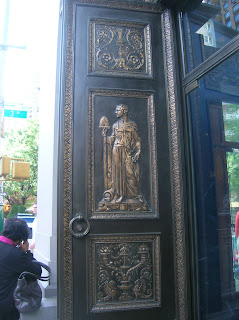

How to think differently, analyze problems, ask questions, and even create more problems for which my mind now can easily produce solutions. By changing your perspectives, you can expand your possibilities. Seeing what no one else sees, and strategically knowing how to see, reveals the secrets to getting many possible answers, and/or perspectives on how to start the process of creation and answer the questions of how to start thinking differently.

But I also think that society influences the artist and in turn, he/she with the product of their work, will change and affect the social and cultural structures. In other words, the artist, through his work, has the power to change not only the sole archetypes implanted by the society and the culture, but also has the power to impose new cultural elements in these same or in other societies.
Another productive learning experience is realizing that all thoughts are simply a process of association and/or juxtaposition. The essence of creation, in all endeavors, is chance connections between ideas and facts that are previously segregated, risk taking and direct by-products of chance, as well as convoluted connections among ideas. In this thinking, one generates as many alternative approaches as one can, considering the least as well as the most likely approaches – as opposed to absolute rigid thinking.


The Hero class has presented to me a clear new way to organize and better understand the process of creativity, as well as the value of other collective influences of the people and places in my past and future. I am very happy with the result of the work in progress, “NAGUAL”.







 María Félix is the most famous Mexican movie star. She created a larger-than-life character, La Doña, she constructed an image of a strong woman, that went beyond the traditional role of Latin American women.
María Félix is the most famous Mexican movie star. She created a larger-than-life character, La Doña, she constructed an image of a strong woman, that went beyond the traditional role of Latin American women.






 My family at a street studio in Mexico City.
My family at a street studio in Mexico City.


























